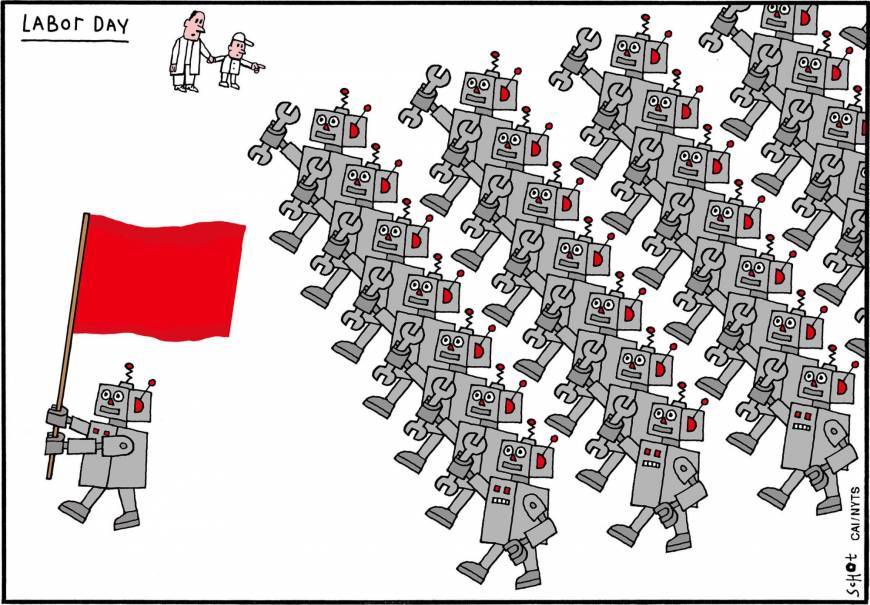Page 10236
Aug 4, 2017
Thanks to a Novel Protein, We Could Bring an End to Obesity
Posted by Shane Hinshaw in category: biotech/medical
Obesity affects more than 600 million adults and around 41 million children under the age of 5 according to the Center for Disease Control and Prevention. Researchers may have found a way to halt the development of both type 2 diabetes and obesity in humans using a recently discovered protein.
Aug 4, 2017
Argonne Lab will verify Transatomic Power molten fuel salt
Posted by Klaus Baldauf in categories: innovation, nuclear energy
The voucher, awarded through the DOE’s Gateway for Accelerated Innovation in Nuclear (GAIN) initiative, will experimentally verify the physical properties of the fuel salt for Transatomic’s molten salt reactor technology, and will be conducted at the Argonne National Laboratory.
This is the second year that GAIN has awarded vouchers to support advanced nuclear technology, and builds on successful outcomes from the program’s inaugural round. Last year, Transatomic was awarded a voucher for work at the Oak Ridge National Laboratory, performing cutting-edge modelling and simulation analysis. This project has produced extensive positive results, published by ORNL in a Technical Memorandum in January 2017, and points to the value of public-private partnerships in nuclear technology development. “A primary measure of success for GAIN is the forging of productive relationships between the DOE laboratories and advanced technology developers like Transatomic,” said Idaho National Laboratory’s Dr. John Jackson, GAIN Technical Interface.
Continue reading “Argonne Lab will verify Transatomic Power molten fuel salt” »

Is a CG short about space exploration and the quest of finding traces of extraterrestrial forms of life. Flying over spectacular desert planet. seeing strangely familiar ancient civilizations remains and experiencing a first contact with the existence of unknown living things.
Big thanks to Robot Koch and Savannah Jo Lack for composing and recording this beautiful soundtrack.
Aug 3, 2017
An Accidental Discovery Shows Artificial Atoms Can Quickly Self-Assemble
Posted by Shane Hinshaw in categories: materials, particle physics
Scientists have observed that superlattices can form incredibly during the routine synthesis of nanocrystals. This accidental discovery will mean the ability to form novel materials in a matter of seconds instead of days.
Some of the tiniest crystals in the world can, together, form superlattices, the basic elements of various novel materials. These crystals are also called “artificial atoms,” because they can organize themselves into structures that look a lot like molecules.
Aug 3, 2017
David Krakauer on the Future of Humanity: An Interview with Rob Walcott | Kellogg Innovation Network (KIN)
Posted by Odette Bohr Dienel in categories: ethics, futurism, human trajectories, philosophy
Aug 3, 2017
Time to rethink our perspective on jobs and technology — By Curtis S. Chin and Meera Kumar | The Japan Times
Posted by Odette Bohr Dienel in categories: governance, innovation, robotics/AI
Aug 3, 2017
Us vs. Them: The Failure of Globalism — By Ian Bremmer
Posted by Odette Bohr Dienel in category: geopolitics
Aug 3, 2017
3 Exponential Techs to Watch | Future of Everything with Jason Silva | Singularity University
Posted by Odette Bohr Dienel in categories: futurism, genetics, nanotechnology, robotics/AI, Singularity University

“Pay attention to the the trends in exponential technologies, particularly to “the big three.” GNR: Genetics, nanotechnology, and robotics.”
Aug 3, 2017
Study Shows Injectable Electronic Neural Lace Melds With Neurons Without Causing Immune Response
Posted by Montie Adkins in categories: biotech/medical, Elon Musk, neuroscience, transhumanism

In step forward for Elon Musk’s neural lace and transhumanists everywhere, a new paper published this month by researchers at Harvard University reports on the successful implantation of an electronic neuromorphic mesh in the brains of mice without triggering an immune response.
Neuroprostheses show promise in the treatment of Alzheimer’s Disease, Parkinson’s Disease, epilepsy, traumatic brain injury and for the creation of brain-machine interfaces such as the neural lace, but a major stumbling block for researchers has been the propensity of these implants to induce an immune response, inflammation and scaring in the brain, severely limiting their potential use.















